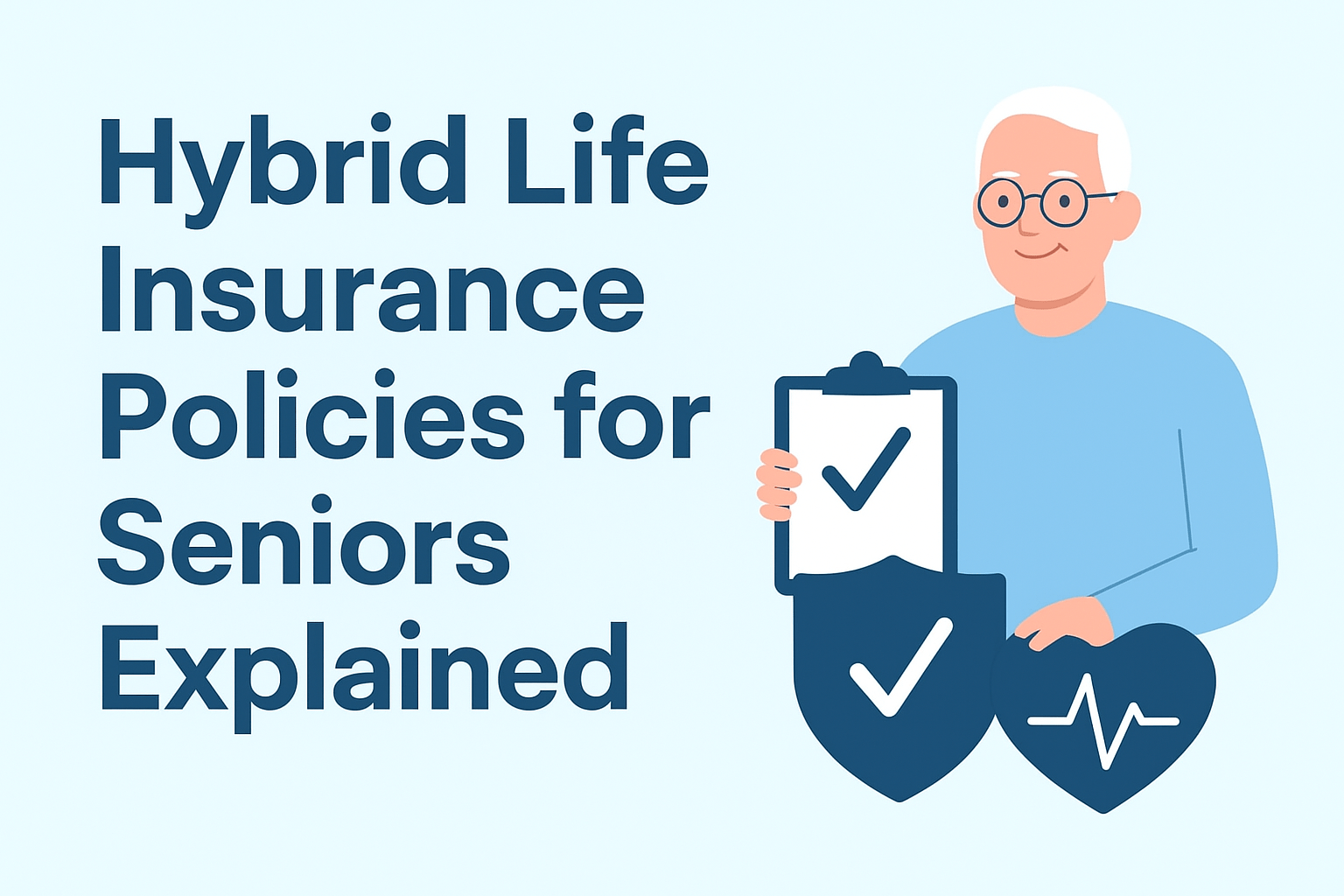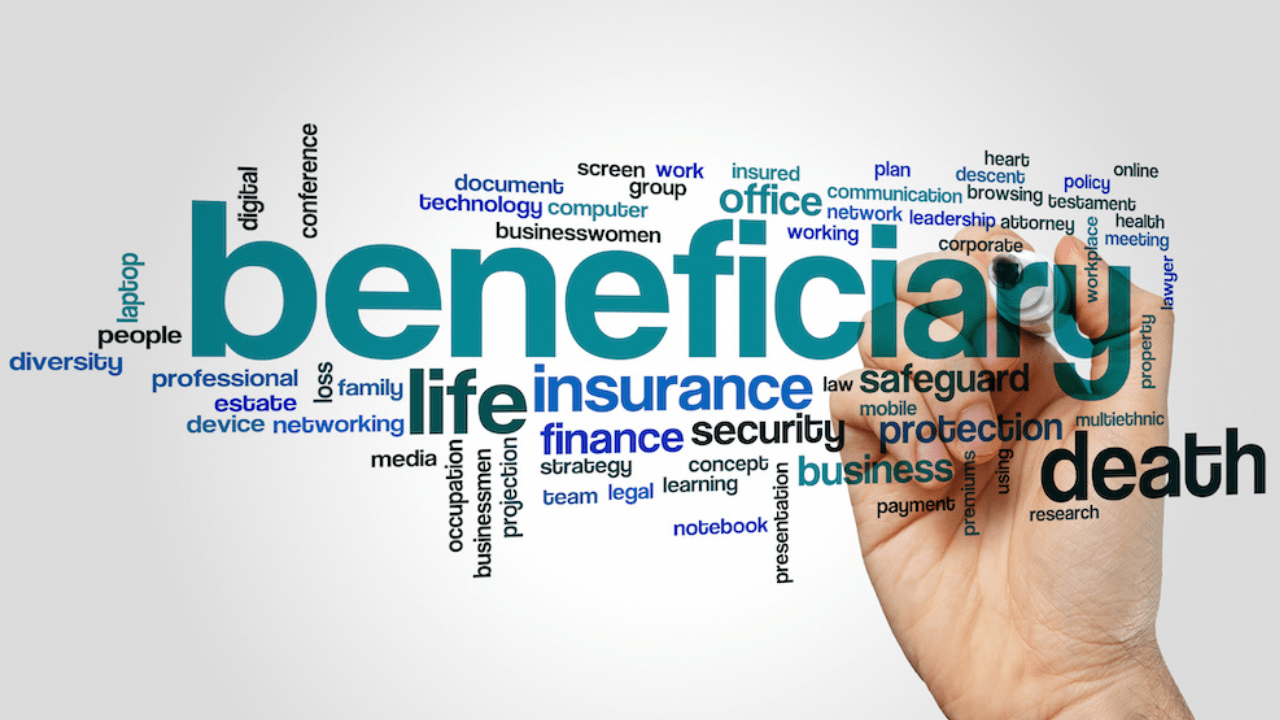Car Insurance Deductible: Navigating the Ins and Outs

Car insurance is a basic part of dependable vehicle proprietorship, giving monetary security in case of mishaps or startling harms. One key part that policyholders need to understand is the car insurance deductible. In this article, we will dig into the complexities of car insurance deductibles, investigating their types, how they work, factors influencing their choice, and tips for choosing the right deductible for your particular requirements. Car Insurance Deductible: Navigating the Ins and Outs
I. Introduction
A. Meaning of Car Insurance Deductible
Before plunging into the intricacies of car insurance deductibles, we should lay out a reasonable understanding of what a deductible is with regards to collision protection. A car insurance deductible is the sum a policyholder consents to pay personal before their insurance inclusion kicks in. It goes about as a form of self-insurance, showing a common monetary obligation between the insurer and the insured.
B. Significance of Understanding Deductibles
Understanding how deductibles work is significant for settling on informed conclusions about your car insurance strategy. It straightforwardly influences your personal costs in case of a case and can impact your general insurance costs. Presently, we should investigate the different types of car insurance deductibles.
II. Types of Car Insurance Deductibles
A. Thorough Deductible
Thorough inclusion commonly applies to non-crash occurrences, like theft, vandalism, or catastrophic events. The thorough deductible is the sum you should pay while recording a case for such occasions.
B. Impact Deductible
Impact inclusion, then again, pertains to harms coming about because of mishaps including other vehicles or items. The impact deductible is the piece of fix costs you are liable for after a crash related guarantee.
C. Responsibility Deductible
Responsibility inclusion, covering harms to others in a mishap, by and large doesn’t have a deductible. However, it’s pivotal to know about as far as possible inside your strategy.
III. How Car Insurance Deductibles Work
A. Deciding the Deductible Sum
Policyholders often have the adaptability to pick their deductible sum. Higher deductibles typically bring about lower expenses, while lower deductibles lead to higher charges. Vital for work out some kind of harmony lines up with your monetary comfort and hazard resistance.
B. Influence on Expenses
The connection among deductibles and expenses is opposite; as one builds, the other abatements as well as the other way around. Examining this relationship is crucial in dealing with your insurance costs actually.
C. Guarantee Cycle with a Deductible
While documenting a case, you’ll pay the deductible sum before your insurance organization takes care of the excess expenses. Looking into the cases cycle guarantees a smoother experience during a difficult time.
IV. Factors Influencing Deductible Choice
A. Monetary Considerations
Your monetary circumstance assumes a huge part in deciding a suitable deductible. While selecting a higher deductible can lessen charges, it’s pivotal to guarantee you can cover that sum in case of a case.
B. Driving History
Your driving history, including past mishaps and cases, can impact the deductible choices accessible to you. A spotless record might give greater adaptability in choosing deductible sums.
C. Vehicle Worth
The worth of your vehicle is a key consideration. For more established or less important cars, a higher deductible might be more reasonable, as fix costs are commonly lower.
V. Pros and Cons of High and Low Deductibles
A. Benefits of High Deductibles
Lower Charges: High deductibles often bring about lower month to month expenses.
Monetary Obligation: Energizes mindful driving and beats successive cases down.
B. Benefits of Low Deductibles
Lower Personal Expenses: in case of a case, you pay less from cash on hand.
True serenity: Lower deductibles give a feeling of monetary security.
C. Detriments of High Deductibles
High Personal Expenses: The monetary weight in case of a case is higher.
Hazard of Affordability: Might be trying to afford for certain policyholders.
D. Weaknesses of Low Deductibles
Higher Expenses: Month to month charges are regularly higher with lower deductibles.
Expected Abuse: Some might be enticed to record claims for minor harms, prompting expanded expenses.
VI. Tips for Choosing the Right Deductible
A. Surveying Individual budgets
Assess what is going on carefully and pick a deductible that you can comfortably afford in the event of a mishap.
B. Understanding Inclusion Needs
Consider your driving propensities, the worth of your vehicle, and your gamble resilience while deciding the degree of inclusion you really want.
C. Looking for Professional Counsel
Consulting with insurance professionals can give important insights and assist you with settling on an informed choice custom-made to your particular conditions.
VII. Frequently Asked Questions (FAQs)
A. What is a car insurance deductible?
A car insurance deductible is the sum you consent to pay personal before your insurance inclusion applies.
B. How does the deductible influence premium expenses?
Higher deductibles for the most part bring about lower expenses, while lower deductibles lead to higher month to month premium expenses.
C. Might I at any point change my deductible subsequent to buying insurance?
As a rule, you can change your deductible while reestablishing your strategy or making other approach changes.
D. Are there deductible choices for various types of inclusion?
Indeed, various types of inclusion, like extensive and crash, may have separate deductible sums.
E. How does a deductible effect the cases interaction?
While documenting a case, you’ll pay the deductible first, and your insurance organization takes care of the leftover expenses.
VIII. Conclusion
A. Recap of Central issues
Understanding the subtleties of car insurance deductibles is pivotal for coming to informed conclusions about your inclusion. Whether selecting a high or low deductible, the key is adjusting it to your monetary circumstance and chance resilience.
B. Significance of Informed Navigation
Informed direction guarantees that your car insurance strategy meets lawful necessities as well as gives satisfactory monetary security custom-made to your singular requirements.



